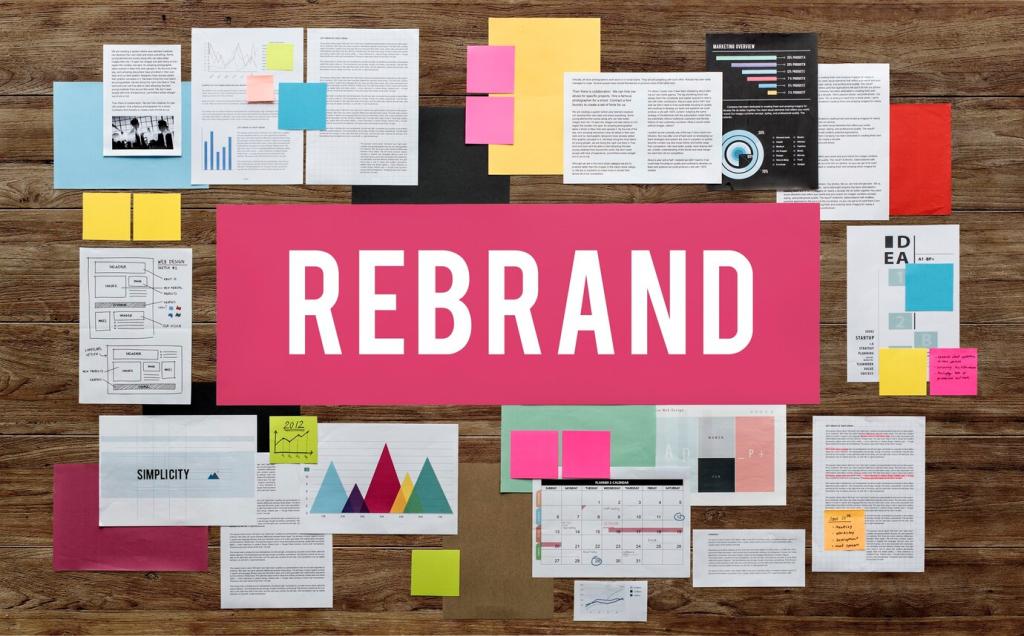Top Branding Strategies for New Coaching Services
Define Your Positioning and Promise
01
Choose a Focused Niche and Transformation
Specificity is magnetic. Instead of “life coach,” claim a niche like “career pivots for mid-level engineers” and promise a measurable transformation. Invite readers to comment with their niche statement for feedback and encouragement.
02
Write a One-Sentence Value Proposition
Use a simple formula: I help [who] achieve [outcome] through [unique approach], so they can [ultimate benefit]. A crisp sentence guides every headline, bio, and conversation without sounding salesy or generic.
03
Audit Competitors to Find White Space
List five local and five global competitors. Note their promises, tone, visuals, and offers. Circle gaps or under-served pains you can own. Share your top insight with us to spark discussion and accountability.
Craft a Memorable Brand Story
When Maya launched her wellness coaching practice, her breakthrough came from telling how burnout led her to a research-backed routine that restored energy. Frame your origin around client outcomes, not your résumé alone.

Build a Cohesive Visual Identity
Blues imply trust and clarity, greens suggest growth and renewal, and warm accents can signal motivation. Limit your palette to primary, secondary, and neutral tones for harmony. Post your palette choice to get community feedback.
Pair a clean sans-serif for digital clarity with a serif accent for authority, or go humanist for warmth. Test readability on mobile. Consistent hierarchy helps busy visitors scan confidently and act quickly.
Use candid, diverse photography that mirrors your clients’ reality. Add alt text, strong contrast, and captions. Accessibility is brand integrity in action, and it widens your audience with real inclusivity.
Message Architecture That Converts
Blend clarity and curiosity. Tagline example: “From stuck to strategic in your next career move.” Elevator pitch: thirty seconds that leads with audience pains, your method, and a gentle invitation to continue.


Message Architecture That Converts
Create three messaging pillars—insight, method, outcome—and support each with data, case studies, or anonymized stories. Social proof should be specific, permission-based, and outcome-oriented to build credible confidence.
Above the fold, state your promise, name your audience, and offer one primary action. Include a short client story and a simple explainer of your signature method to reduce doubt and spark momentum.
Digital Presence and Discoverability
Build Experience, Expertise, Authoritativeness, and Trust with clear bios, cited resources, and in-depth guides. Target long-tail phrases like “career coaching for engineers switching to product management” to attract qualified visitors.
Digital Presence and Discoverability
Trust Signals and Credibility
Ask clients to highlight measurable shifts—clarified goals, job offers, or energy gains—and obtain written consent. Where privacy is essential, anonymize responsibly. Encourage readers to draft one outcome-focused testimonial today.

Launch, Measure, and Optimize
Before perfecting everything, pilot your message on a one-page site and three social posts. Track replies and questions. Iterate weekly. Share your experiment plan below so the community can cheer you on.
Launch, Measure, and Optimize
Focus on qualified inquiries, email opt-ins, and retention rather than vanity metrics. Tag content to see which topics convert. Review monthly and update your headline or CTA when data suggests a better path.

